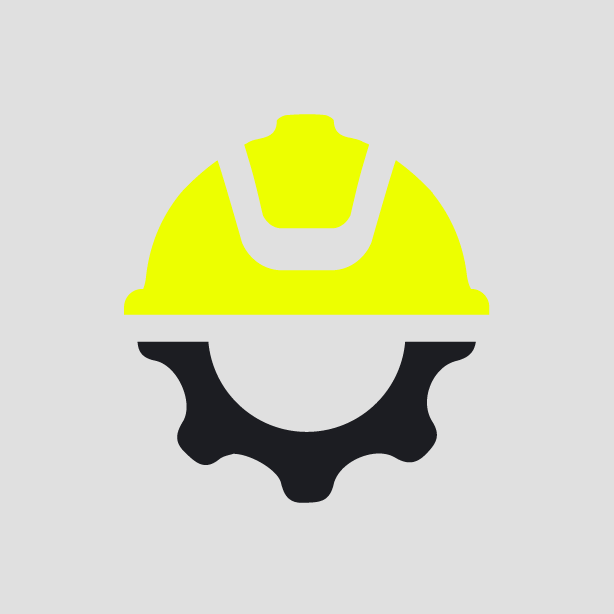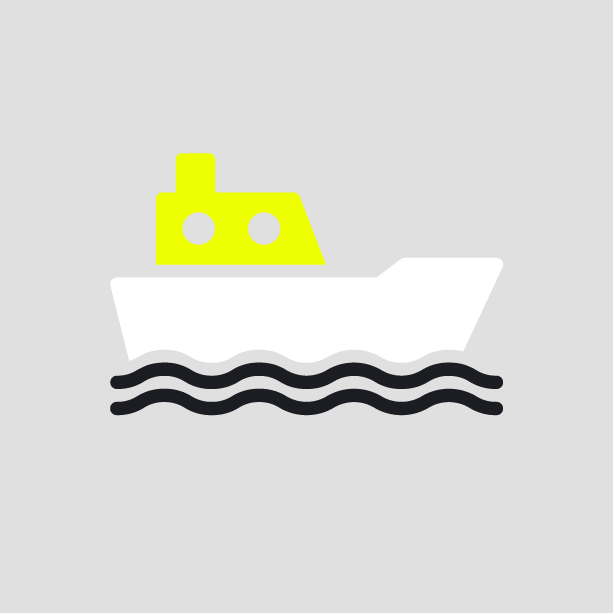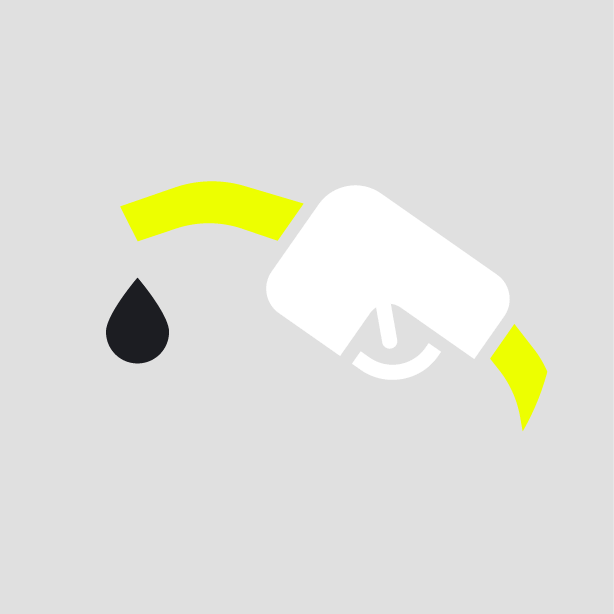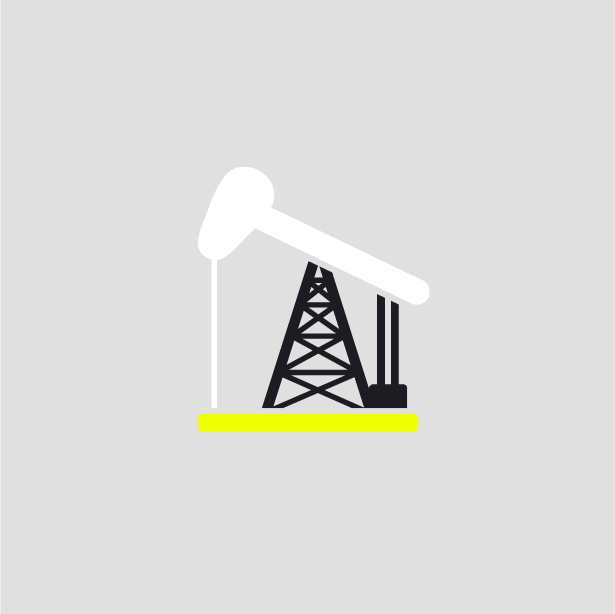-
What happened?
During the pull out of hole (POOH) of the completion for the replacement of the electrical submersible pump, the well kicked and a flow of oil and gas was observed coming out of the tubing string.
Well was shut in with a kelly cock installed on tubing and with the annular preventer: no pressure build up observed. Well was filled up with water and the flow check confirmed that the well was static.
Blowout preventer (BOP) was re-opened and direct circulation was established at current depth to remove traces of hydrocarbons and ensure clean sea water (kill fluid) was present in the wellbore.
While circulating, a deflagration occurred below rotary table and fire developed from the rig substructure to mud tanks and production platform main deck.

-
Why did it happen?
Routine workover to change out the electrical submersible pump (ESP) on a mature depleted reservoir.
The continuous hole fill up with sea water was not implemented while POOH the completion to reduce reservoir flooding and to not compromise future oil recovery.
Due to the severe losses, the hole was regularly filled up with a controlled volume of water and the fluid level in wellbore was not maintained controlled at surface.
The workover rig set up at the time of the incident provided limited options for circulation with a closed BOP. A dedicated poorboy degasser was not installed and the only available alternative to safely manage the gas would have been circulation through the platform separator. This option was more complex to manage and it was not chosen.
No dedicated fixed gas detection system installed on workover (WO) rig.
Gas detection relied upon production platform sensors only. WO rig areas were not entirely covered by platform gas detection system.
The cleaning of crude oil traces around the WO rig area (from previous well release event) was not completed yet when the fire occurred, causing a rapid escalation of the event.

-
What did they learn?
Design of specific no damaging lost circulation material (LCM) pill to allow fluid return and conventional well monitoring, during ESP change in depleted reservoir.
Dedicated fixed gas detection system mandatory for WO rigs.
The hazard posed by a limited quantity of crude oil previously spilled on the WO rig floor area was not properly evaluated. The oil removal and the rig cleaning should have been completed before resuming operation of the well.

-
Ask yourself or your crew
How can something like this happen here (e.g. on our site)?
What safety measures (i.e. procedures, controls/barriers) do we have in place to mitigate the risk?
How do we know the risk controls/barriers are working?
What improvements or changes should we make to the procedures, controls/barriers, or the way we work?

Add to homescreen
Content name
Select existing category:
Content name
New collection
Edit collection
What happened?
During the pull out of hole (POOH) of the completion for the replacement of the electrical submersible pump, the well kicked and a flow of oil and gas was observed coming out of the tubing string.
Well was shut in with a kelly cock installed on tubing and with the annular preventer: no pressure build up observed. Well was filled up with water and the flow check confirmed that the well was static.
Blowout preventer (BOP) was re-opened and direct circulation was established at current depth to remove traces of hydrocarbons and ensure clean sea water (kill fluid) was present in the wellbore.
While circulating, a deflagration occurred below rotary table and fire developed from the rig substructure to mud tanks and production platform main deck.
Why did it happen?
Routine workover to change out the electrical submersible pump (ESP) on a mature depleted reservoir.
The continuous hole fill up with sea water was not implemented while POOH the completion to reduce reservoir flooding and to not compromise future oil recovery.
Due to the severe losses, the hole was regularly filled up with a controlled volume of water and the fluid level in wellbore was not maintained controlled at surface.
The workover rig set up at the time of the incident provided limited options for circulation with a closed BOP. A dedicated poorboy degasser was not installed and the only available alternative to safely manage the gas would have been circulation through the platform separator. This option was more complex to manage and it was not chosen.
No dedicated fixed gas detection system installed on workover (WO) rig.
Gas detection relied upon production platform sensors only. WO rig areas were not entirely covered by platform gas detection system.
The cleaning of crude oil traces around the WO rig area (from previous well release event) was not completed yet when the fire occurred, causing a rapid escalation of the event.
What did they learn?
Design of specific no damaging lost circulation material (LCM) pill to allow fluid return and conventional well monitoring, during ESP change in depleted reservoir.
Dedicated fixed gas detection system mandatory for WO rigs.
The hazard posed by a limited quantity of crude oil previously spilled on the WO rig floor area was not properly evaluated. The oil removal and the rig cleaning should have been completed before resuming operation of the well.
Ask yourself or your crew
How can something like this happen here (e.g. on our site)?
What safety measures (i.e. procedures, controls/barriers) do we have in place to mitigate the risk?
How do we know the risk controls/barriers are working?
What improvements or changes should we make to the procedures, controls/barriers, or the way we work?
During a routine workover consisting of changing out an electrical submersible pump, a well kicked causing a flow of oil and gas coming out of the tubing string. The well was secured, but the clean-out after the incident was performed without using dedicated equipment to safely handle the hydrocarbons. During the clean-out, a fire developed that rapidly spread to other platform areas and tragically caused a fatality. This incident is one of many which seem to be affected by risk normalisation during operations in depleted/not naturally flowing reservoirs. Well control standards are frequently lowered in these situations, with the consequence that equipment and competence are insufficient to prevent escalation of an incident.
Original material courtesy of the International Association of Oil & Gas Producers (IOGP)














